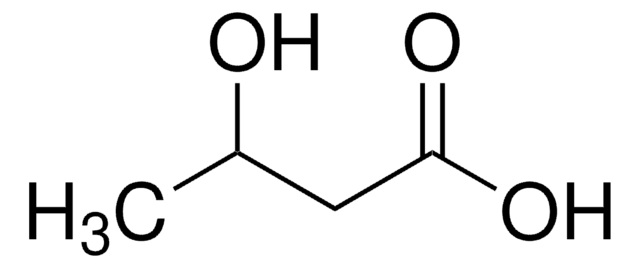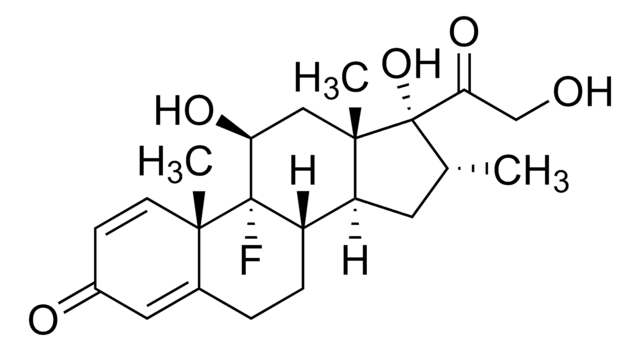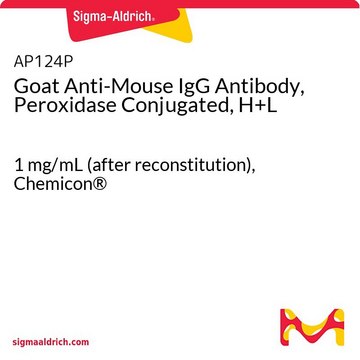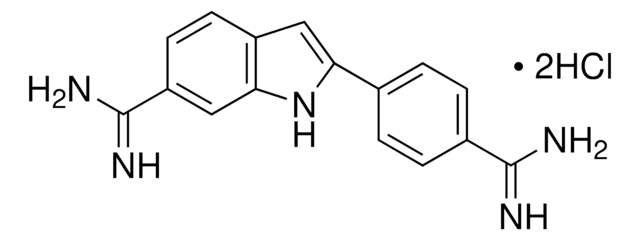H3898
(±)-3-Hydroxyoctanoic acid
≥97%
Synonym(s):
3-Hydroxy caprylic acid, DL-β-Hydroxycaprylic acid
Sign Into View Organizational & Contract Pricing
All Photos(1)
About This Item
Empirical Formula (Hill Notation):
C8H16O3
CAS Number:
Molecular Weight:
160.21
MDL number:
UNSPSC Code:
12352211
PubChem Substance ID:
NACRES:
NA.25
Recommended Products
Assay
≥97%
form
powder or solid
functional group
carboxylic acid
lipid type
saturated FAs
shipped in
dry ice
storage temp.
−20°C
SMILES string
CCCCCC(O)CC(O)=O
InChI
1S/C8H16O3/c1-2-3-4-5-7(9)6-8(10)11/h7,9H,2-6H2,1H3,(H,10,11)
InChI key
NDPLAKGOSZHTPH-UHFFFAOYSA-N
Biochem/physiol Actions
DL-β-Hydroxycaprylic acid is a mixture of the D and L-3-hydroxyoctanoic acid enantiomers. (R)-3-hydroxyoctanoic acid monomers are used to produce medium-chain-length polyhydroxyalkanoates that are used in medical devices and tissue engineering applications.
Storage Class Code
11 - Combustible Solids
WGK
WGK 3
Flash Point(F)
Not applicable
Flash Point(C)
Not applicable
Personal Protective Equipment
dust mask type N95 (US), Eyeshields, Gloves
Choose from one of the most recent versions:
Already Own This Product?
Find documentation for the products that you have recently purchased in the Document Library.
Guo-Qiang Chen et al.
Biomaterials, 26(33), 6565-6578 (2005-06-11)
Polyhydoxyalkanoates (PHA) are polyesters produced by microorganisms under unbalanced growth conditions. They are generally biodegradable and thermoprocessable, making them attractive as biomaterials for applications in both conventional medical devices and tissue engineering. Over the past years, PHA, particularly poly 3-hydroxybutyrate
Yasser Elbahloul et al.
Applied and environmental microbiology, 75(3), 643-651 (2008-12-03)
The suitability of Pseudomonas putida GPo1 for large-scale cultivation and production of poly(3-hydroxyoctanoate) (PHO) was investigated in this study. Three fed-batch cultivations of P. putida GPo1 at the 350- or 400-liter scale in a bioreactor with a capacity of 650
Joana Gangoiti et al.
Applied and environmental microbiology, 76(11), 3554-3560 (2010-04-20)
The extracellular medium-chain-length polyhydroxyalkanoate (MCL-PHA) depolymerase of Pseudomonas fluorescens GK13 catalyzes the hydrolysis of poly(3-hydroxyoctanoic acid) [P(3HO)]. Based on the strong tendency of the enzyme to interact with hydrophobic materials, a low-cost method which allows the rapid and easy purification
Superb K Misra et al.
Biomacromolecules, 7(8), 2249-2258 (2006-08-15)
Polyhydroxyalkanoates are emerging as a class of biodegradable polymers for applications in tissue engineering. Members of the polyhydroxyalkanoates family encompass a wide variety of materials, from hard and brittle materials to soft and elastomeric. Over the years, efforts have been
Laurianne Timbart et al.
Macromolecular bioscience, 4(11), 1014-1020 (2004-11-13)
Novel biodegradable polyester block copolymers have been synthesized by using well-defined poly(3-hydroxyoctanoate) (PHO) oligomers having a hydroxyl end group and an ester end group with M(n) values of 800, 2,500, 5,300, 8,000, or 20,000 as an elastomeric soft segment and
Our team of scientists has experience in all areas of research including Life Science, Material Science, Chemical Synthesis, Chromatography, Analytical and many others.
Contact Technical Service








